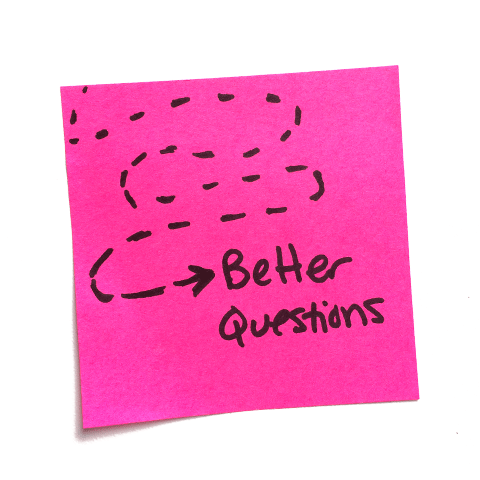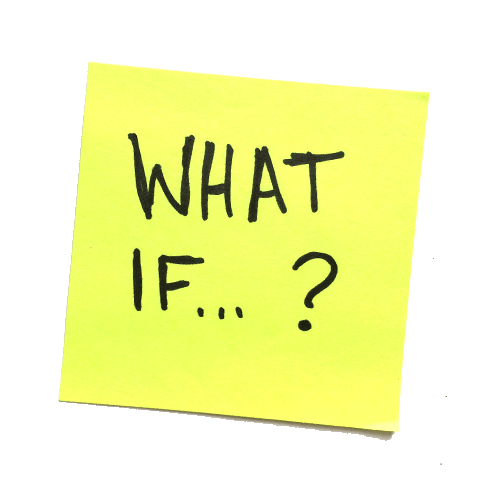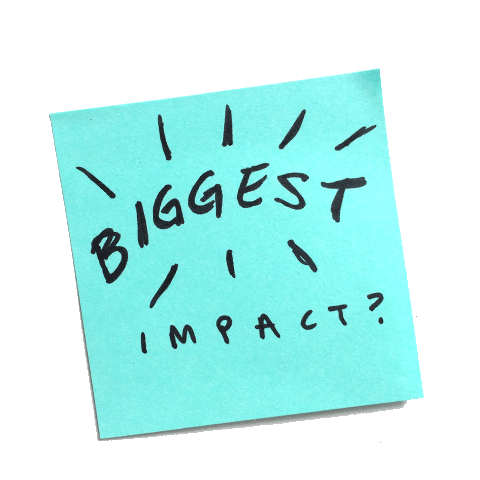3 Ways Rapid Prototyping Inspires Meaningful Experiences
Walk into any room at Particle, and you’ll find something to tinker with: a magic eight-ball, an etch-a-sketch, a slinky. They represent a key aspect of a thoughtful design process: experimentation. Tinkering and play are forms of experimentation, and experimentation is everything to designing products that offer users a new and meaningful experience.
At Particle, you’ll find us jumping into experimentation loudly and often. We experiment, iterate, and prototype throughout the entire design and development process. Through the years, we’ve found three clear benefits to incorporating rapid prototyping into our practice.

1. It leads to better questions, for better brainstorming.
Brainstorming is hard to do. If you’re in the tech or design industry, we all know the frustration of reaching a point in the process where a group of smart, capable people just can’t figure out where to go from here. Suddenly, the smart, capable people are caught in the “brainstorm death spiral .” It’s that terrible space where we aren’t able to think past what’s right in front of us.
Enter prototyping. Matt Adamo, Director of UX at Particle Design, explains, “**Prototyping gives you something to build on. It moves us away from the hypothetical to start addressing practical aspects of the idea.” **Even the lowest fidelity sketches can put your brain into a new creative space, moving you to ask new questions that can turn into smart solutions.

2. It forces us to lean into the “What If?”
Asking questions is one of the most powerful tools we can use for creating design solutions that impact users lives for better. We rapid prototype because it’s one of the best methods for getting our minds to move into a space of curiosity and questioning. In past work with our client Samsung, Particle was entrusted with developing entirely new phone, tablet, and cloud experiences.
In reflecting on the project, Adamo noted, **“We tested concepts over and over. You start with a low fidelity prototype to help people understand conceptually what you’re testing out. From that, you can figure out problems with the model and carry that forward.” **When you rapid prototype, you’re moved to question the way things will work with a deeper level of curiosity. “What If” becomes a spark to delve deeper into design solutions and explore new opportunities.

3. It reveals the smallest details that make the Biggest impact
Prototyping gives our ideas context, and that can be a powerful conduit for discovering areas of possibility. When Particle worked with client Virgin Hyperloop One on their first ridesharing app, we built from the ground up the way we’ll soon be able to travel between cities in a manner of minutes. Rapid prototyping helped us discover small moments in our interaction designs that would make a huge difference in the overall experience. Rapid prototyping allowed Particle to design interactions for Virgin Hyperloop One that propelled their futuristic technology into the here and now. “You can convey the idea of experience in a prototype,” said Adamo, “It’s one thing to say, “Hey, this would be a good idea, but being able to actually do it is another level of insight.”
At Particle, one of our tenants is to move from the theoretical to the actual. Rapid prototyping is a tool to our design and development process that allows us to ask better questions, reach deeper levels of context, and surface solutions that were once just the spark of an idea. Creating consumer technology experiences that matter requires experimentation and tinkering, to ask better questions, and create more meaningful products.